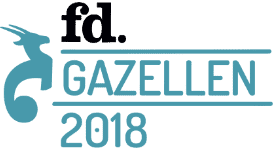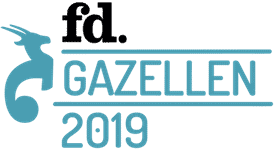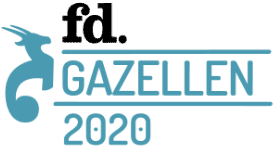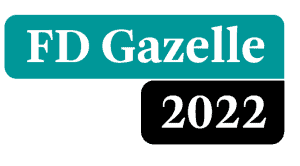Met het Fit-for-55-pakket heeft de Europese Commissie een reeks ambitieuze initiatieven gelanceerd om de Europese industrie koolstofarmer te maken en om de emissie tegen 2030 met 55% te verminderen. Maar wat betekent dit concreet voor u? Laten we de plannen van de Europese Unie en de gevolgen ervan voor ondernemingen eens van dichtbij bekijken.
On July 14, 2021, the European Commission unveiled a set of polices called the Fit-for-55 Package to make Europe carbon neutral by 2050. Many of these policies will impact the way you will, or are doing business, whether you are active in the steel and aluminium sector, in constructing or mobility. Let’s face it, going green is the future of business in Europe and without a strategy to adopt to this transition you will lose your competitive edge. So, what are the challenges for your sector?
Taxation and buildings – carbon gets costly
For one thing, the Commission plans to change the taxation of energy to promote clean technologies and phase out tax exemptions and rebates that favour fossil fuels. The cross-sector exercise also includes mandatory energy saving targets for buildings, such as insulation, energy-neutral construction, and more efficient heating and air conditioning systems. In this context, the Commission also plays with the thought of setting-up a separate Emissions Trading Scheme (ETS) for the building sector. This becomes even more pertinent as the Member States are starting to sweat when they look at the sharp rise in heating and fuel costs for their citizens. The delivery problems of solar panels and heat pumps caused by the shortage of chips and electronics makes the challenge even bigger.
Mobility – with electricity and eco fuels into the future
Companies operating in the mobility sector must reduce CO2 emissions from their vehicles by 55% in 2030 and by 100% by 2035. To master this unprecedent transition, the Member States will provide assistance to the automotive industry, for example, by introducing fiscal incentives to buy electric vehicles (EV) and by promoting the production of batteries. Moreover, to solve the current chicken-and-egg problem and accelerate the expansion of charging infrastructure for alternative fuel systems, the Commission foresees binding targets for Member States so we can charge our new EV fleet.
Meanwhile, biofuels for kerosene are to gradually become mandatory on European flights, with their share to reach 60% by 2050. For the maritime sector, the EU Commission is expected to set fixed climate protection targets that ship owners will have to meet, with shipping to be gradually included in emissions trading.
Heavy industry – internally charged, externally protected
Let us now turn to the team of heavyweights – the aluminium, steel and cement industries. Here, the Commission is practicing a tightrope walk between greater responsibility and protection against too many costs. On the one hand, emissions trading is to be tightened up by increasing the price of emissions allowances and reducing the number of available pollution allowances more quickly than currently foreseen. On the other hand, the industries included in emissions trading will be protected from unfair competition from third countries that have less stringent climate targets. This will be done through the introduction of a carbon border adjustment mechanism, which will ensure that the carbon content of imports will be taxed by the same price as goods produced under the ETS within the Single Market.
Solutions – a green energy boost
Waar moet dan alle energie vandaan komen om de marathon naar koolstofarm mogelijk te maken? Als tussenstap beoogt de Commissie om de doelstellingen voor hernieuwbare energie op te schalen naar 38-40% in de energiemix van 2030. Wind, water en biomassa bevinden zich reeds in de startblokken en worden als klimaatneutrale energiebronnen beschouwd. Bovendien wil de EU de opkomst van een Europese waterstofmarkt, die kan voortbouwen op de bestaande aardgasinfrastructuur, bevorderen. Tot slot zijn de Europese lidstaten er nog over verdeeld of kernenergie ook als ‘groen’ mag worden beschouwd in de EU-taxonomie.
Be(come) a frontrunner with Hague
How should you best position yourself as a company to deal with this transition? This is where Hague comes in; We can help you to become future proof by keeping you up to date about regulatory changes, connecting you with key stakeholders, and identify funding support for you on the European and Member State level to support your transition. So don’t wait and contact Hague to remain a frontrunner!
Yes, I want to receive more information around Fit-for-55.
Leave your details and receive blogs, tips and information about Fit-for-55.
Lees meer over onze diensten en expertises
Diensten: Europese Lobby | EU subsidies
Expertises: Duurzaamheid | Energie









